How To Determine Your Skin Type in a simple effective way
This post may contain affiliate links. That means that if you click on a link and purchase something I recommend, I will receive a small commission at no extra cost to you. As an Amazon Associate, I earn from qualifying purchases. This helps keep my website up and running and is very appreciated. Thank you for your support! Disclaimer
Hey everyone, today we’re going to talk about understanding your skin type in simpler terms. It can be confusing trying to figure out where you fit into the categories of skin types, especially with all the conflicting information out there. I’ve read different blogs and seen various online sources mentioning 20 skin types, 10 skin types, 4 skin types, 3 skin types… It’s a lot to process.
So in today’s article, I’m going to share everything that will help you succeed in determining what your skin type is. We’ll start by describing the various skin types and then move on to showing you how to determine your skin type accurately. Stay tuned!
If you don’t have time to read this post right now, why not save it for later?

How To Determine Your Skin Type
skin type vs. skin condition

First things first, there’s a very big difference between skin type and skin condition. Your skin type is what you’re born with, determined by your genetics. It’s like the default setting your skin came with. However, skin conditions can pop up later, and they might behave differently depending on your skin type.
So, think of it this way: skin type is like your skin’s natural state, while skin conditions are like visitors that might come and go.
Your skin type does evolve as we age, but – and I’ve said this before and I cannot emphasize this enough – age itself is not a skin type. When I see products geared towards mature skin, I be like what does that mean? Because not every 70-year-old is going to have dehydrated skin the same way not every 14-year-old is going to have really bad acne.
So, when I see products geared towards your age, it makes me roll my eyes a bit because I’m like, that’s just not a thing. So don’t fall for that stupid marketing. You might be 70 years old and and still have skin that’s prone to breakouts, just saying, I’ve met a few in my lifetime.
So, how can I simplify this one step further? If you want to treat your skin conditions, think about using serums. That’s where the powerhouse ingredients come into play, in your serums. this is where you are treating your conditions – pigmentation, dehydration, etc. Now moisturizers, they’re all about your skin type. They are the ones that are supposed to help complement the type of skin you have to give it the cushion and the boost that your skin needs. So, that is a very simplified, easy way to understand skin type versus skin condition.
Now, jumping into skin types, I am not talking about your skin tone or skin latix ,I’m referring to how much oil, known as sebum your skin naturally produces, and that determines your skin type. Because sebum is what locks in moisture naturally in your skin.
It’s your body’s way of naturally protecting your skin from the elements. Sebum is made up of triglycerides (about 50-55%), wax esters (around 25%), squalene (roughly 12%), and cholesterol (about 4-5%). The areas with the most sebaceous glands? You guessed it: the face and scalp and that is why we tend to get the most issues with our face and scalp when it comes to acne.
What affects sebum production? Well, it can be influenced by various factors. Diet for instance actually plays a big part in this, and that’s why people have noticed that with certain foods, they have their skin is oilier, with certain foods they have more acne. So avoiding foods that quickly raise your blood sugar, like those with high glycemic indexes, and steering clear of too much saturated fat can help .
Hormones, like testosterone, also play a role- think about puberty, you know, where it increases about 500 times all of a sudden and so you become all flared up with acne, a lot of teenagers do. Certain medications can increase your sebaceous production, and certain conditions like Parkinson’s disease can actually increase the amount of sebum that you make. So, that’s just an example of three different things that can increase sebum production.
Things that can decrease sebum production – again, certain medications like Accutane can actually help a lot for people with really bad inflamed cystic acne to decrease how much oil their skin is producing and feeding into the inflammatory pathway. And malnutrition can actually decrease sebum production. If you’re not getting the appropriate nutrients that you need, your skin can look lackluster and so sebum.
At the end of the day, is a love-love-hate relationship because although we hate to feel oily and greasy, we also love it because it does keep our skin protected. The question is finding the right balance and where do you fall in the intensity of how much sebum you produce is what your skin type is.
the different skin types
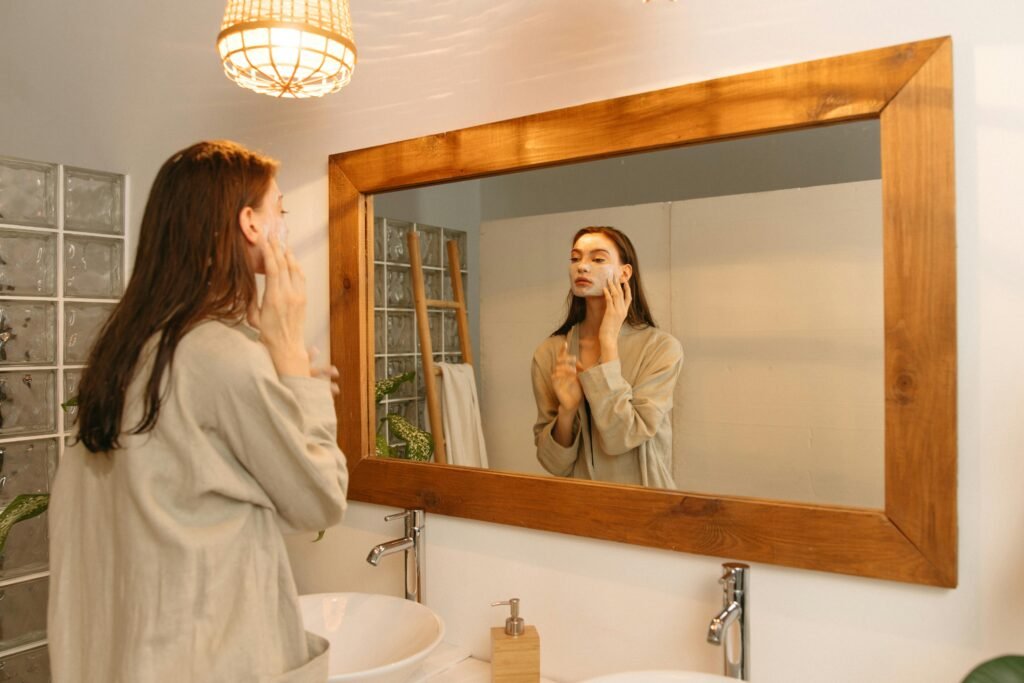
Sure, let’s dive into the five different skin types categorized by the American Academy of Dermatology.
Normal/Moderate skin
Number one, we’ve got… and honestly, I hate this word “normal skin”. “Normal” means nothing because what’s normal for one person might be totally different for someone else.
Instead, let’s think of it as “moderate skin.” Moderate skin is like the middle ground, meaning that your skin neither reacts this way or that way, it can actually take a lot because it doesn’t overreact or underreact. So, people with moderate or normal skin are those who can really go to town, play hard, and experiment with various different formulas. They are the luckier ones of the skincare fanatics because they can really play more. However, because their skin is so resilient, they might not pick up on the subtle differences between products as much as others do. And that’s about all I have to say about “normal” skin.
dry skin
Many folks mix up dry and dehydrated skin, but there’s a clear difference. Dry skin is a skin type, while dehydrated skin is a condition lacking water. With dry skin your skin doesn’t produce enough oil, so it feels lackluster, it can feel itchy, it can feel tight, and it can crack easily. It does not actually absorb product very easily because it is so dry; product can sometimes just kind of sit on top of the surface of your skin.
How can you tell if you have dry skin? Typically, your pores appear smaller, which some might consider a plus,but pores are totally normal. You might look a little bit dull and ashy; your skin might feel rough because of that lack of oil on the surface of the skin, and you might have some flaking because the skin is kind of breaking apart. That is dry skin for you in a nutshell.
oily skin
Next, we have oily skin. When you have oily skin, your skin produces more oil than it needs. This excess oil can make your skin look extremely shiny, almost like you’re constantly sweating. It might feel slippery, like you’re on an ice skating rink. Products can feel like they’re swishing around your face and moving. YOily skin can also make your pores look larger than they actually are because they’re producing more oil. . This is the quote-unquote negative, although pores are completely normal.The downside of oily skin is that your pores are more likely to be prone to clogging and developing blackheads . So, the feel of it, in one word would be greasy or shiny.
combination skin
Combination skin is a mix of both dry and oily areas, with oiliness typically occurring along the forehead, nose, and chin (known as the T-zone), where sebaceous glands are most concentrated, while the outer edges tend to be drier. My fiancé recently received this question from a friend of mine mentioning that she break out on her nose and forehead whenever she use moisturizer. This often happens with combination skin. If this sounds like you, it’s essential to take the time to understand your skin and its needs. What works for your T-zone may not necessarily be suitable for the drier parts of your face.
When it comes to skincare, those with combination skin have to customize their routine. What works for the dry areas of your face might not be sufficient for the T-zone, and vice versa. Unfortunately, this means you may have to invest more time, effort, and money into finding products that target the specific needs of different parts of your face. But that’s okay because this is your skin, and you can make it work for you. So, embrace your combination skin and tailor your skincare routine accordingly.
sensitive skin
And lastly, for the sensitive souls out there, there is a difference between sensitive skin and sensitized skin.
Sensitive skin is something you’re born with; It’s skin that reacts quickly and strongly to triggers, often turning red or irritated at the slightest touch or friction. Unlike other skin types this is the only skin type of the five skin types that is unrelated to sebum production. You can be sensitive and oily or sensitive and dry, although sensitive skin often tends to be on the drier side. It’s common for people with sensitive skin to also have conditions like rosacea or eczema.
If you have sensitive skin, you might notice it getting bumpy or developing hives when exposed to certain products. Your skin might also peel more frequently than others, and it’s common to see a reaction shortly after using a new product. Because of this, it’s crucial for those with sensitive skin to be cautious about what they use. They often find that less is more, unlike people with combination skin.
Finding the right products for sensitive skin can be a bit of a challenge because figuring out what their skin likes it can be quite picky, so it’s important to pay close attention to what works and what doesn’t. Despite the difficulties, those with sensitive skin play a vital role in driving innovation and pushing boundaries in the beauty industry. Their needs push companies to create products that are gentle and suitable not only for themselves but for everyone. That’s why I personally find sensitive skin fascinating, even though it can be a a pain in my ass at times.
How To Determine Your Skin Type
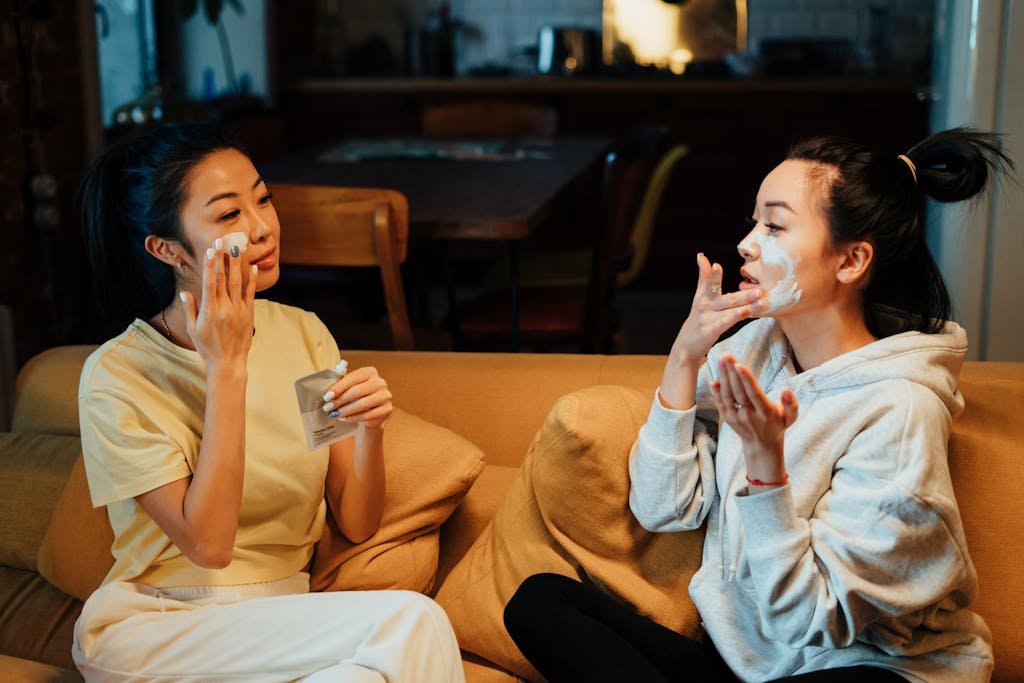
Alright, let’s discuss how to determine your skin type and wrap this up. First things first, when you’re at home with nowhere to go (i.e., now), head to the bathroom and wash your face. Make sure there’s no trace of makeup on your skin since it can have stuff like fragrances and preservatives that might not agree with your skin.
Use just water or the gentlest cleanser you can find. Personally, I recommend Vanicream’s Free and Clear Cleanser—it’s really gentle, just made of glycerin and water. Once you’ve washed your face, gently pat it dry with a washcloth, and then do nothing. Seriously, just sit down and observe how your skin responds. Sometimes, doing nothing is better than anything else, and you’ll truly learn to understand your skin.
Now, check your skin right after washing and again after one to two hours. If your skin feels tight right after washing and looks dull or feels rough later, you probably have dry skin. If you feel refreshed right after washing but notice extra oil a few hours later, you likely have oily skin.
For combination skin, you’ll likely feel residue on your T-zone and tightness on the outer part of your face immediately after washing. A few hours later, your T-zone may need blotting while the outer edge of your face may start feeling rough and bumpy.
Sensitive skin is tricky. If you washed gently and avoided rubbing too hard, you should be fine, but you may notice mild redness developing. If you have extremely sensitive skin, you might experience flushing and tightness initially, followed by roughness. So look out for redness as a key indicator.
And if you have normal skin, well, lucky you! You probably don’t even need to read this because your skin is always chill. But for everyone else, this is a simple way to figure out what kind of skin you have.
The Bottom Line
We’ve covered the five main skin types in a simple and easy-to-understand manner. Now, you can identify your own skin type.
I hope this article has been helpful to you. Your feedback is valuable, so please don’t hesitate to ask questions or share your thoughts. I’d love to hear from you!

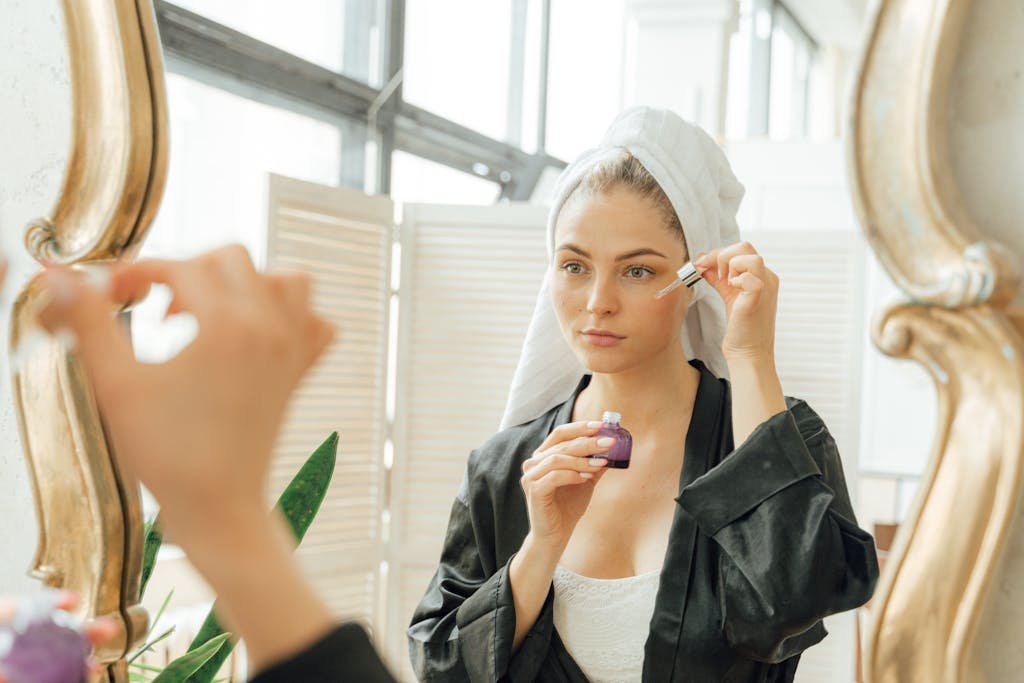
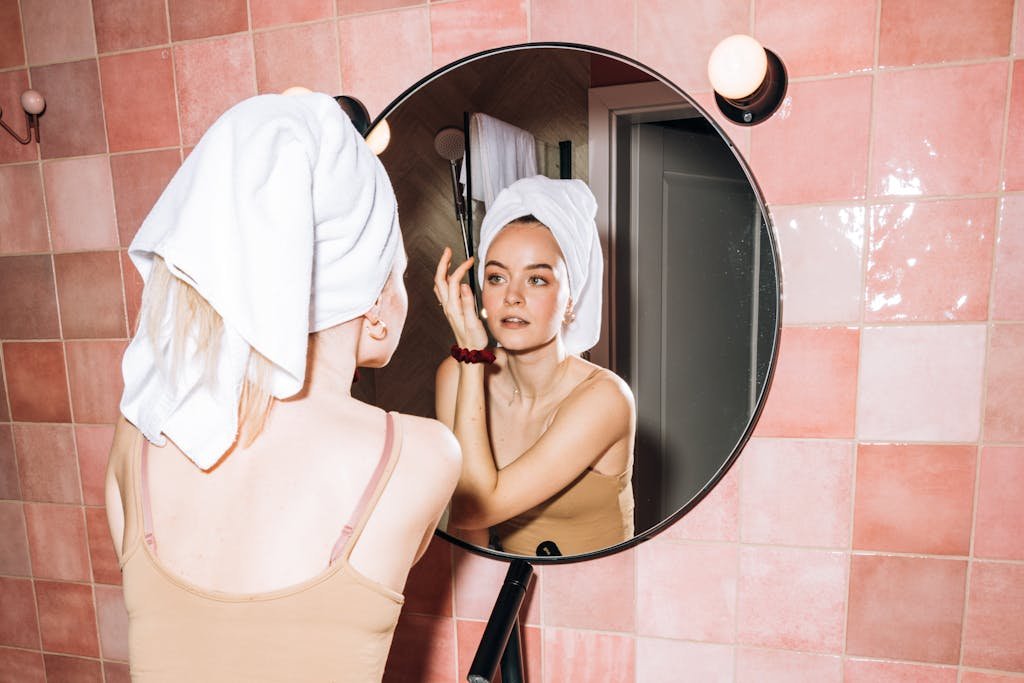


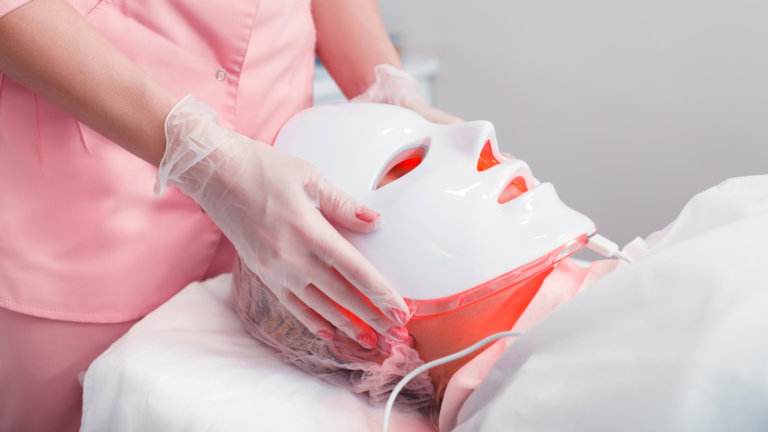
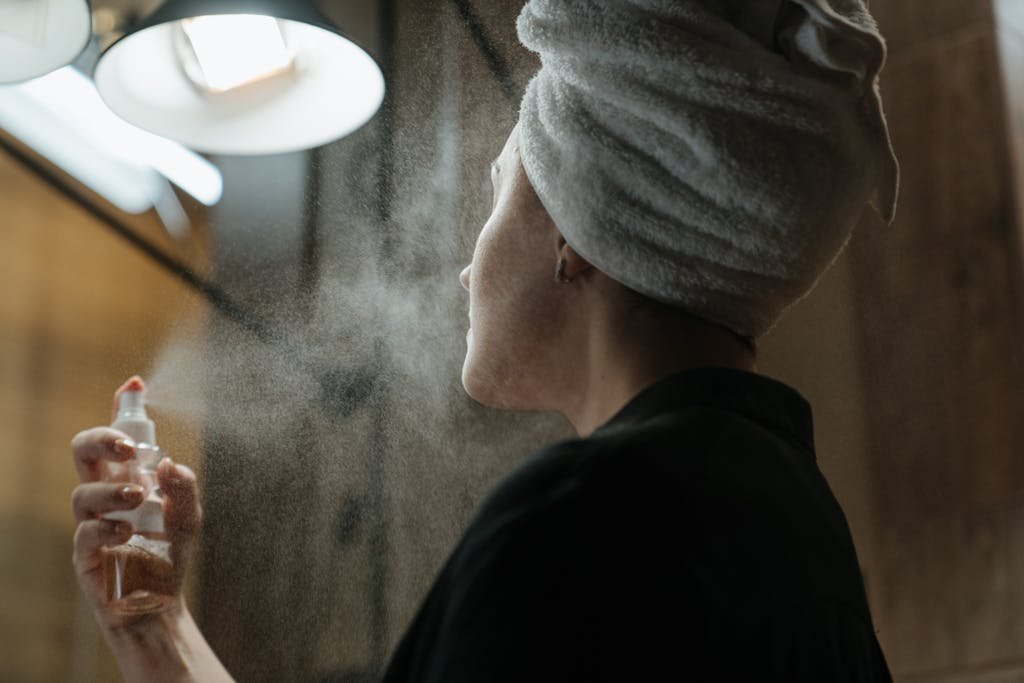
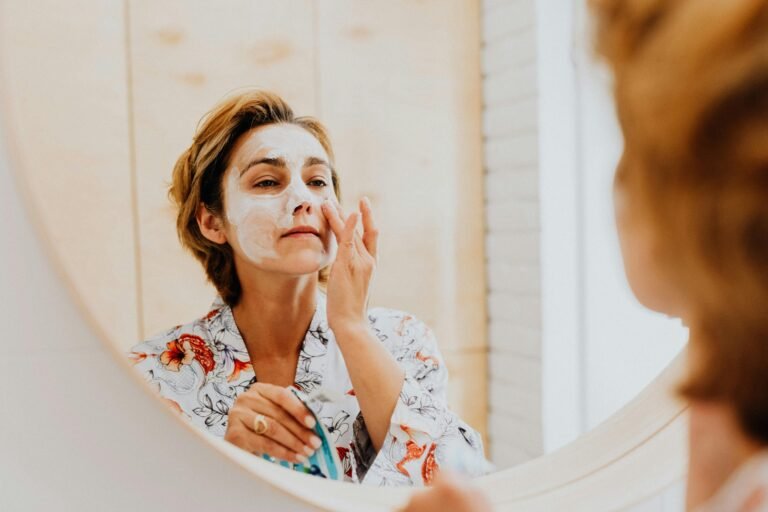
One Comment